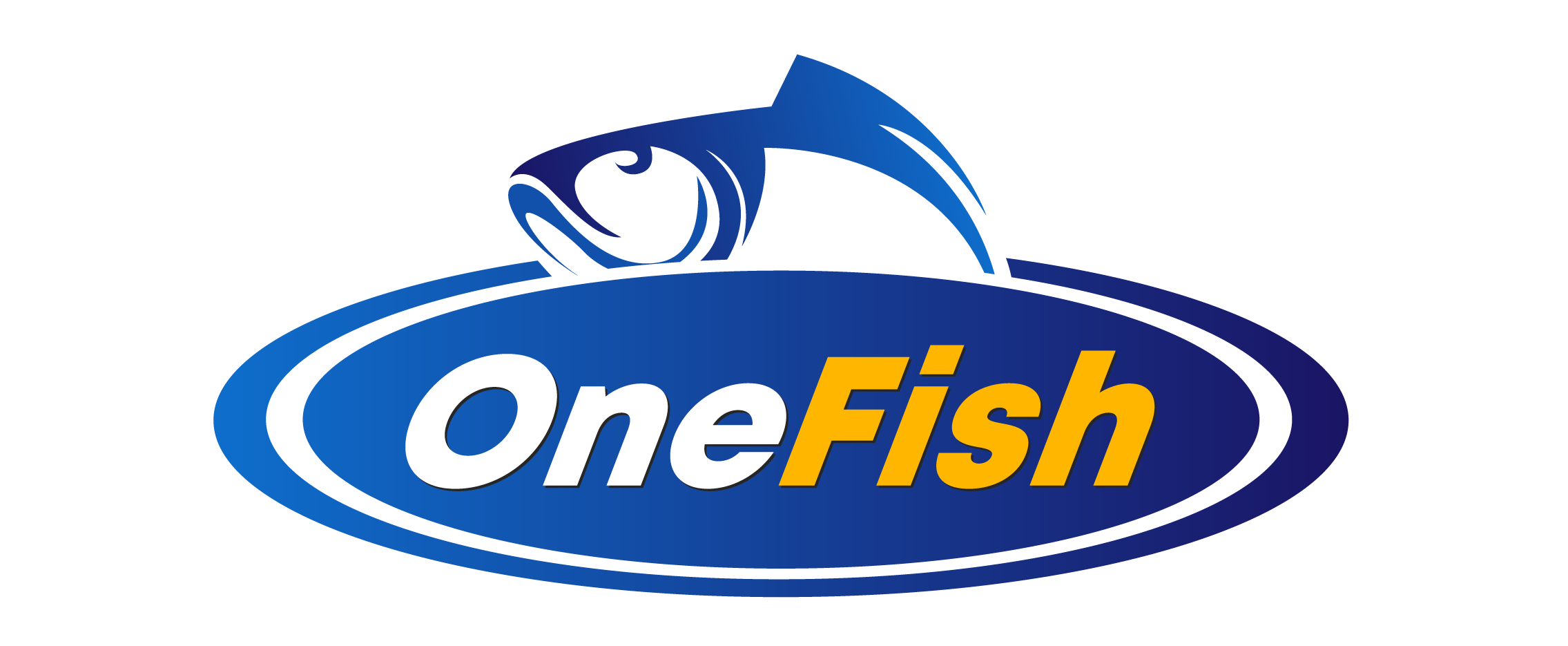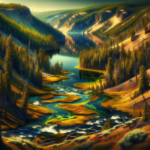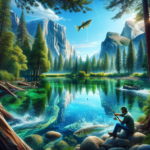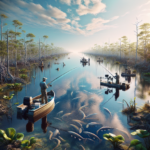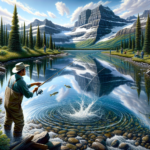Fishing in the Grand Canyon: Colorado River and Reservoirs
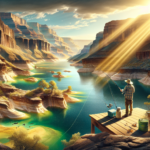
Introduction
Imagine casting your line into the crystal-clear waters of the Colorado River, surrounded by the towering cliffs of the Grand Canyon. This isn’t just a dream for avid anglers; it’s a reality that offers some of the most unique and rewarding fishing experiences in the United States. Whether you’re a seasoned fisherman or a novice looking to try your hand at a new hobby, fishing in the Grand Canyon’s Colorado River and its reservoirs is an adventure you won’t want to miss.
This article will delve into the various aspects of fishing in this iconic location, covering everything from the best fishing techniques and species information to top fishing spots and seasonal considerations. We’ll also touch on essential gear, safety tips, and conservation practices to ensure a successful and responsible fishing trip.
Why does this matter? For many, fishing is more than just a pastime; it’s a way to connect with nature, unwind, and even provide food. Understanding the unique aspects of fishing in the Grand Canyon can help you make the most of your trip, ensuring you have the right gear, know the best spots, and are aware of local regulations.
Background/Context
Historical or Cultural Significance
The Grand Canyon is not just a natural wonder; it’s a site of immense historical and cultural significance. The Colorado River, which carved out the canyon over millions of years, has been a lifeline for indigenous peoples for centuries. Tribes such as the Havasupai, Hualapai, and Navajo have long relied on the river for sustenance and spiritual practices. Today, the Grand Canyon continues to be a symbol of natural beauty and a popular destination for outdoor enthusiasts.
Geographical Overview
The Colorado River runs through the heart of the Grand Canyon, stretching over 277 miles. The river’s flow is regulated by several dams, creating reservoirs like Lake Powell and Lake Mead. The region’s climate varies from arid desert conditions at the canyon’s rim to more temperate conditions along the river. The diverse topography and ecosystem make it a unique fishing destination, offering a variety of habitats for different fish species.
Key Points/Details
Fishing Techniques
Technique Overview
Fishing in the Grand Canyon primarily involves fly fishing, spin fishing, and bait fishing. Fly fishing is particularly popular due to the river’s clear waters and abundant insect life, which attract fish. Spin fishing and bait fishing are also effective, especially in the reservoirs where larger fish species reside.
When and Where to Use
Fly fishing is best suited for the Colorado River, particularly in areas with fast-moving water and abundant insect life. Spin fishing and bait fishing are more effective in the reservoirs, where larger fish like bass and catfish are found. The best times to fish are early morning and late afternoon when fish are most active.
Recommended Gear
- Fly Fishing: 5-6 weight rods, floating lines, and a variety of dry flies, nymphs, and streamers.
- Spin Fishing: Medium-action rods, spinning reels, and lures like spinners, crankbaits, and soft plastics.
- Bait Fishing: Medium to heavy rods, baitcasting reels, and live bait such as worms or minnows.
Species Information
Species Overview
The Colorado River and its reservoirs are home to a variety of fish species. The most commonly targeted species include rainbow trout, brown trout, smallmouth bass, largemouth bass, and channel catfish. Each species has its own habits and preferred habitats, making for a diverse fishing experience.
Best Practices
For rainbow and brown trout, fly fishing with dry flies or nymphs is highly effective. Smallmouth and largemouth bass are best targeted with spin fishing techniques using lures that mimic their natural prey. Channel catfish can be caught using bait fishing methods with live or cut bait.
Location Information
Top Fishing Spots
- Lees Ferry: Located at the base of Glen Canyon Dam, this spot is renowned for its excellent trout fishing.
- Lake Powell: A large reservoir offering diverse fishing opportunities for bass, catfish, and more.
- Lake Mead: Another reservoir known for its large bass and catfish populations.
Regulations and Licenses
Fishing in the Grand Canyon requires a valid Arizona fishing license. Specific regulations, such as catch limits and seasonal restrictions, vary by location and species. It’s essential to check the latest regulations from the Arizona Game and Fish Department before your trip.
Seasonal Considerations
Seasonal Variations
Fishing conditions in the Grand Canyon change throughout the year. Spring and fall are generally the best seasons for fishing, with moderate temperatures and active fish. Summer can be extremely hot, especially at the canyon’s rim, while winter brings colder temperatures and potentially challenging conditions.
Best Times to Fish
The optimal times to fish are early morning and late afternoon, regardless of the season. During these times, fish are more likely to be feeding and less wary of anglers.
Events and Tournaments
Event Overview
While there are no major fishing tournaments held within the Grand Canyon itself, nearby Lake Powell and Lake Mead host several annual fishing events. These tournaments often focus on bass fishing and attract anglers from across the country.
Preparation Tips
To prepare for a fishing tournament, ensure you have the appropriate gear, practice your techniques, and familiarize yourself with the specific rules and regulations of the event. Pre-fishing the area can also give you a competitive edge.
Tips and Best Practices
General Tips
- Always check local regulations before fishing.
- Use barbless hooks to make catch and release easier.
- Keep your gear organized and easily accessible.
Avoid Common Mistakes
- Not checking weather conditions before heading out.
- Using the wrong type of bait or lures for the targeted species.
- Ignoring local regulations and catch limits.
Advanced Techniques
- Mastering the double haul cast for fly fishing can improve your distance and accuracy.
- Using a fish finder in reservoirs can help locate schools of fish more efficiently.
- Experimenting with different retrieval speeds and patterns can trigger more strikes.
Gear and Equipment Recommendations
Essential Gear
- Rods and reels suited to your chosen fishing technique.
- A variety of lures, flies, or bait.
- Fishing line appropriate for the targeted species.
- Tackle box with essential tools like pliers, line cutters, and hook removers.
Optional Gear/Upgrades
- Polarized sunglasses to reduce glare and see fish more clearly.
- Waders for fly fishing in the river.
- Fish finder for reservoir fishing.
Where to Buy or Rent
Local shops in Page, Arizona, and Las Vegas, Nevada, offer a range of fishing gear for purchase or rent. Online retailers like Bass Pro Shops and Cabela’s also provide extensive selections.
Safety and Conservation
Safety Tips
- Always wear a life jacket when fishing from a boat.
- Stay hydrated and protect yourself from the sun with sunscreen and appropriate clothing.
- Be aware of wildlife and maintain a safe distance.
Conservation Practices
- Practice catch and release to help maintain fish populations.
- Dispose of fishing line and other waste properly to protect the environment.
- Follow all local regulations and respect protected areas.
Planning Your Trip
Accommodations
There are several lodging options near the Grand Canyon, ranging from campgrounds and RV parks to hotels and lodges. Popular choices include the Grand Canyon Lodge, Phantom Ranch, and various campgrounds within Grand Canyon National Park.
Travel Tips
The Grand Canyon is accessible by car, with major entry points at the South Rim and North Rim. The nearest airports are in Flagstaff, Arizona, and Las Vegas, Nevada. Renting a car is recommended for flexibility and ease of travel within the area.
Additional Activities
Beyond fishing, the Grand Canyon offers numerous activities such as hiking, rafting, and sightseeing. Popular trails include the Bright Angel Trail and South Kaibab Trail. Rafting trips on the Colorado River provide a thrilling way to experience the canyon’s beauty.
Frequently Asked Questions (FAQs)
Do I need a special permit to fish in the Grand Canyon?
No special permit is required, but you do need a valid Arizona fishing license.
What is the best time of year to fish in the Grand Canyon?
Spring and fall are generally the best times due to moderate temperatures and active fish.
Can I rent fishing gear locally?
Yes, there are several shops in nearby towns like Page, Arizona, where you can rent fishing gear.
Are there guided fishing tours available?
Yes, several companies offer guided fishing tours on the Colorado River and its reservoirs.
Conclusion
Fishing in the Grand Canyon’s Colorado River and reservoirs offers a unique and rewarding experience for anglers of all skill levels. By understanding the best techniques, species information, and top fishing spots, you can make the most of your trip. Remember to follow local regulations, practice conservation, and prioritize safety to ensure a successful and enjoyable fishing adventure.
So pack your gear, plan your trip, and get ready to cast your line into one of the most breathtaking fishing destinations in the world. Happy fishing!
